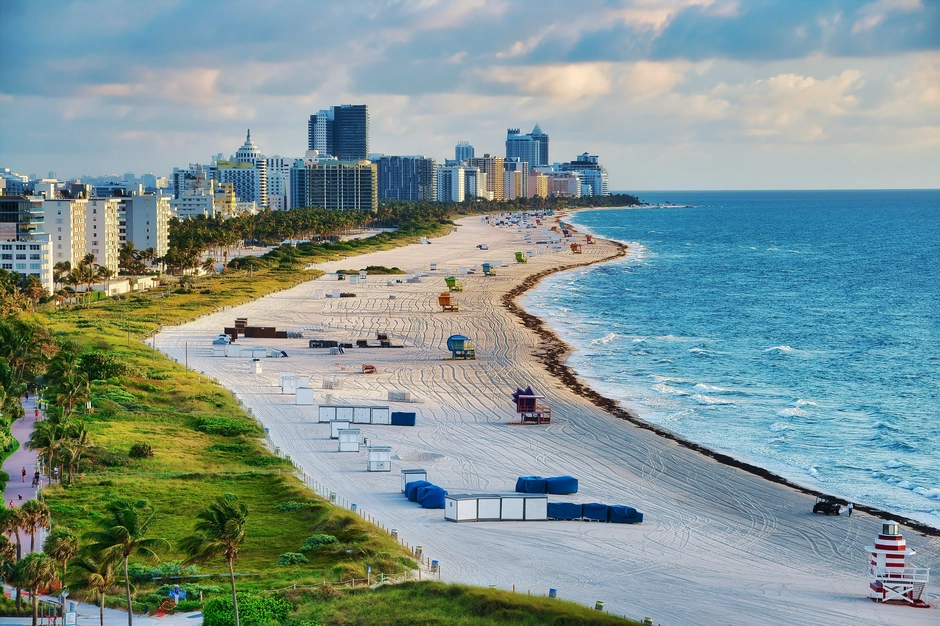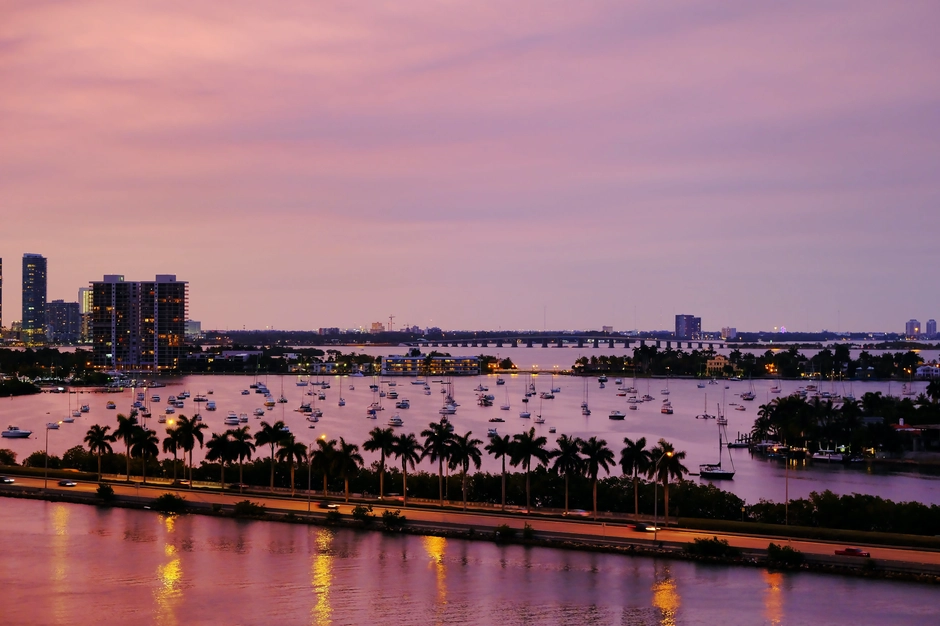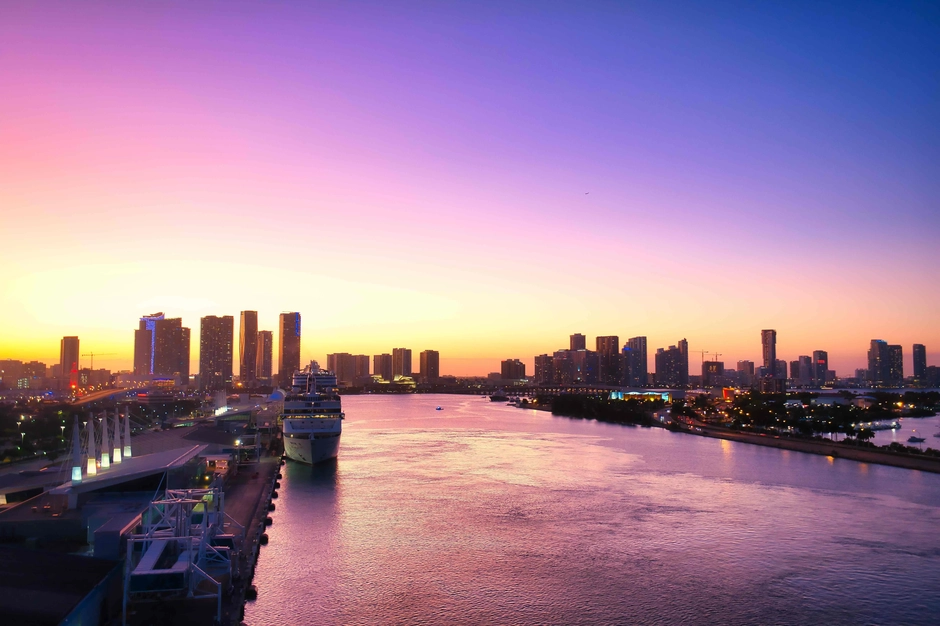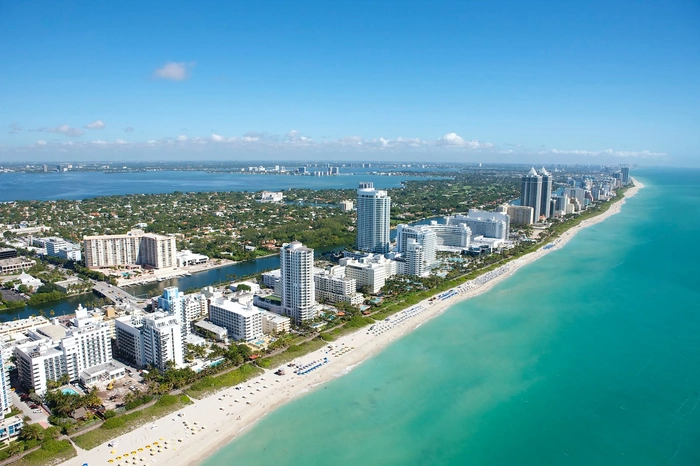Origins of the town
Founded in 1896, Miami emerged from a vast expanse of marshland to become one of the most popular destinations in the United States. Early Cuban and Bahamian influences shaped the city's culture, and over the years it has become a melting pot of diversity, reflecting contributions from Latin America, the Caribbean and beyond.

Miami's special features
Miami is distinguished by its eclectic mix of architectural styles, from the iconic Art Deco buildings of South Beach to the modern skyscrapers of downtown. The city is also a cultural crossroads, with Little Havana, where the streets resonate to the rhythm of salsa and the rich Cuban tradition.

Tropical climate
Miami's tropical climate, with hot, humid summers and mild winters, makes it a popular year-round destination. Sandy beaches, palm trees dancing in the breeze and the azure waters of the Atlantic Ocean create an idyllic setting. Miami is a paradise for lovers of water sports, relaxation and lively nightlife.

Dynamic population
Miami is home to a dynamic, multicultural population. The city is home to diverse communities, including Latin American, Caribbean and European. This diversity is reflected in the cuisine, music and festivals that enliven daily life in the city. Miamians, as they are known, share a common love of tropical living and cosmopolitan energy.

Conclusion
Miami, with its sun-drenched history, cultural diversity, enviable tropical climate and dynamic population, remains a captivating and inspiring destination. It's a city where urban dynamism blends harmoniously with beachside tranquility, where cultures meet to create a vibrant symphony of flavors and sounds. Miami, the jewel of Florida, continues to seduce those who seek the unique blend of glamour, relaxation and authenticity that characterizes this tropical, cosmopolitan city.


